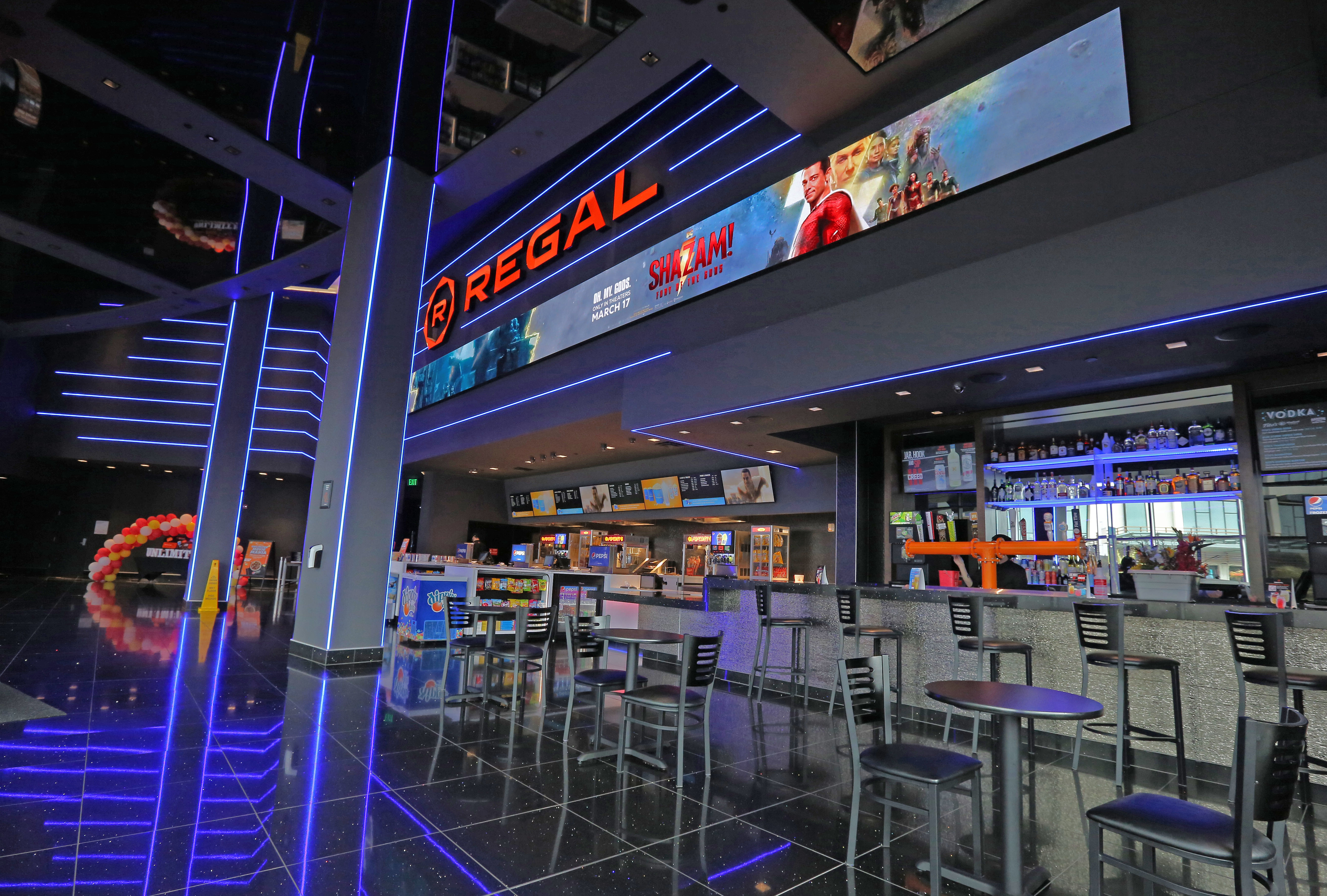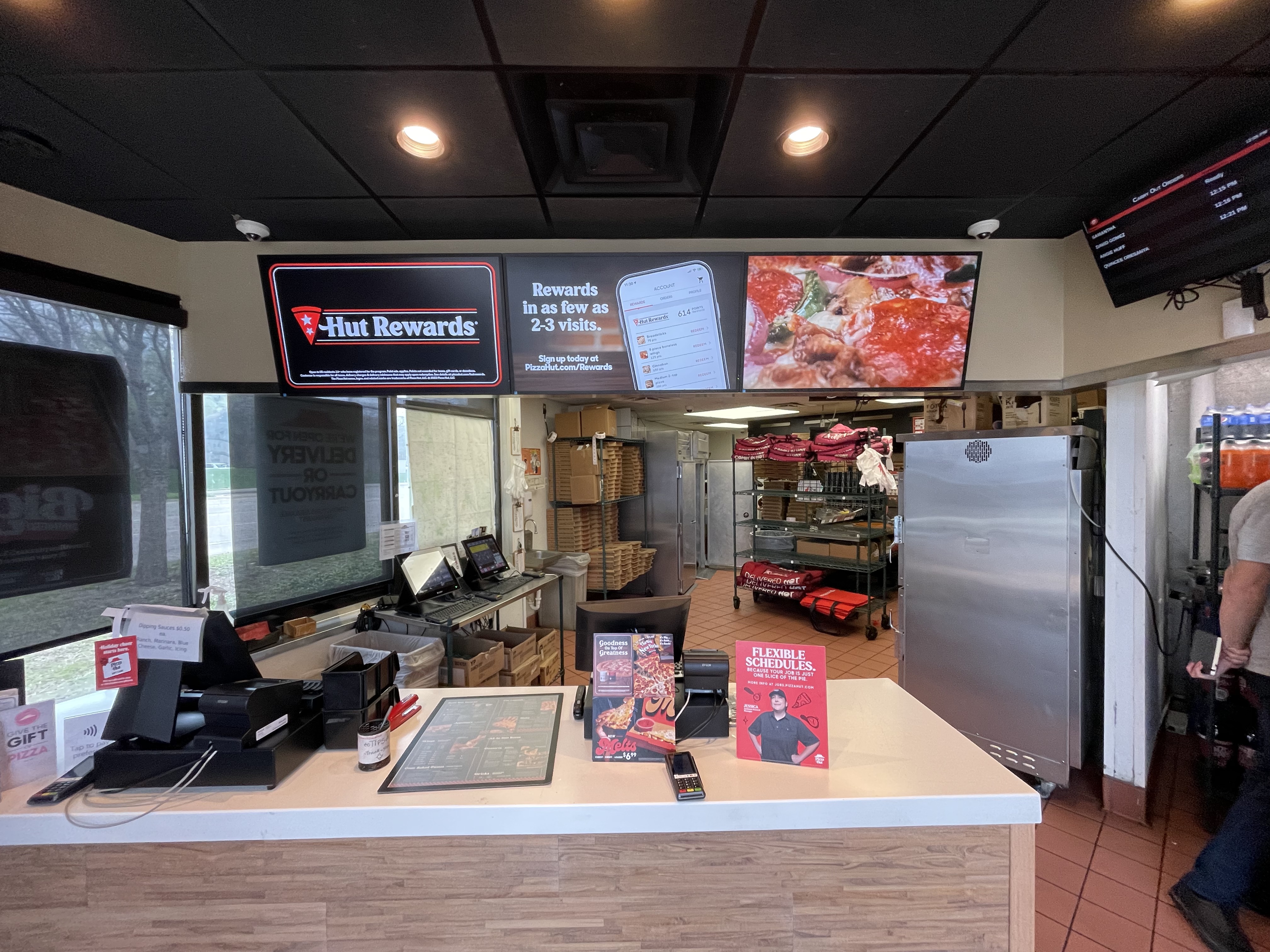Motion graphics play a vital role in digital signage, offering attention-grabbing visuals, dynamic content, emotional impact, and brand differentiation. By incorporating motion graphics into your digital signage strategy, you can create an immersive experience for your audience. The movement, transitions, and effects offered by motion graphics add a layer of dynamism to your content, making it more memorable and enticing. They more effectively communicate messages and captivate viewers in the fast-paced digital signage landscape.
Retail Store Signage: 4 Ways to Set Your Store Apart By Going Digital
6/5/23 10:34 AM / by DEEL Media posted in Retail
Digital signage can completely reinvent your retail store by turning bland, stationary signage into compelling, creative displays. Here are four key ways going digital can help reinvent yourretail store signagewhile enhancing the in-store experience and driving more sales.
Captivating Visual Communication
Digital signage allows retailers to display vibrant and dynamic content that captures customers' attention. By showcasing high-resolution images, videos, and animations, digital signage can create an engaging and visually appealing atmosphere in your store. It enables retailers to highlight products, promotions, and brand messages in a way that stands out and leaves a lasting impression on customers. 65% of people are visual learners. Your business needs to understand that, and ensure you are achieving excellence with your visual communication. If your retail store signage is uninspiring, your customers may opt to go elsewhere where they feel more energized and engaged.
Improved Product Awareness and Communication
Digital signage is an extremely effective tool for strategically promoting products and driving sales. Retailers can use screens strategically placed throughout the store to showcase product features, benefits, and demonstrations to give customers more information. You can also highlight special offers, discounts, or upcoming events to encourage impulse purchases and guide customers towards a target action. By dynamically updating the content, retailers can also keep customers informed about the latest products and promotions, increasing their awareness and likelihood of making a purchase.
Enhanced Customer Experience
Every retailer’s goal is to create a positive and personalized customer experience. Retailers can use interactive displays to provide self-service options, such as product locators, virtual try-on experiences, or interactive catalogs to make life easier for shoppers. These interactive elements can make the shopping experience more enjoyable and convenient for customers, ultimately fostering loyalty, repeat visits, and more sales.
New Pizza Hut in a Convenience Store
6/5/23 9:29 AM / by DEEL Media posted in QSRs, Installation, C-Store
5 Reasons You Should Make the Switch to Digital Menu Boards
5/22/23 3:17 PM / by DEEL Media posted in QSRs
As the digital age continues to evolve, traditional restaurant menu boards are falling behind. In today's competitive market, staying ahead of the game is crucial for attracting and retaining customers. That's where digital signage comes in.
By upgrading to digital menu boards, your restaurant can reap a wide range of benefits that traditional signage simply can't match. From dynamic content and eye-catching visuals to increased flexibility and cost savings, digital signage offers a superior customer experience that will set your restaurant apart from the competition.
But what exactly are the advantages of digital menu boards, and how can they improve your restaurant's operations? Today, we'll dive deeper into the 5 reasons why your restaurant should make the switch to digital signage.
Dynamic Content
Digital signage's dynamic content feature is a major benefit to restaurants that are always updating their menu items, prices, and promotions. With traditional menu boards, printing new menus every time a change is made can be time-consuming and expensive. The ability to instantaneously deploy promotions allows restaurant companies to experiment with offerings without the time and cost overhead of the print/ship/hang process. Additionally, digital signage allows restaurants to showcase their menu items with eye-catching images and videos that can make the food more appealing to customers.
Engaging Visuals
One of the advantages of digital signage is the engaging visuals it offers. Animations and videos can help grab customers' attention and increase their engagement with the menu items. Digital signage makes it possible for restaurants to highlight their signature dishes or daily specials, making them more enticing to customers. The use of vibrant colors and high-quality graphics can make the menu boards more aesthetically pleasing, improving the overall ambiance of the restaurant.
Increased Flexibility
Digital menu boards provide restaurants with increased flexibility in designing and customizing their menu boards to fit their unique needs. With the ability to change the layout and design of the menu boards, restaurants can adapt to changing customer needs and preferences, providing an improved customer experience. It also allows restaurants to display additional information such as nutritional information and allergen warnings, which can be especially helpful for customers with dietary restrictions or preferences.
How Digital Movie Theater Signage Drives Sales
5/12/23 10:06 AM / by DEEL Media posted in Movie Theaters
Believe it or not, your movie theater signage can make a massive difference in the revenue of your theater. From attracting the attention of customers, to promoting offers and providing valuable information, your signage plays a huge role in the success of your business. Let’s dive into some of the ways that digital movie theater signage helps maximize sales.
Advertising Upcoming Events
By prominently displaying graphics and trailers for upcoming movies, theaters can generate excitement and anticipation for these films, not only reminding those in the theater of their upcoming release, but encouraging them to make plans to visit your theater to watch. Your plan for generating revenue should start long before a film releases. Compelling digital movie theater signage that captures the eye at the right moment is an invaluable resource for driving repeat visitors to your theater.
Promoting Special Deals
Ensuring your special deals and offers get the exposure they deserve is critically important for driving sales. Your movie theater signage should prominently display these offers and deals on tickets, concessions, or other special bundles or promotions. Digital signage enables you to do so in an eye-catching, visually appealing manner that is more likely to generate sales.
Providing Valuable Information
Digital movie theater signage should also be used to provide customers with important information, such as showtimes, theater policies, and accessibility features. By making it easy for customers to find the information they need, theaters can create a positive, frictionless experience that encourages them to return.
Regal Theatre - Irvine, CA Installation
5/1/23 10:49 AM / by DEEL Media posted in Movie Theaters, Installation
The Regal Theatre in Irvine, CA has taken digital signage to a whole new level with their extensive implementation. With dozens of media players, screens and a large expanse of LED, they have created a synchronized system that can play content together seamlessly.
Galaxy Theatres - Riverside, CA Installation
4/19/23 11:29 AM / by DEEL Media posted in Movie Theaters, Installation



If you're looking for a top-notch movie-going experience, look no further than Galaxy Theatres in Riverside, CA. Not only do they offer the latest and greatest in cinema technology, but their lobby is a sight to behold. The digital signage in the lobby is a perfect blend of merchandising, providing entertainment, and improving operational efficiencies.
Pilot Travel Center - Rialto, CA Installation
4/12/23 11:17 AM / by DEEL Media posted in Installation, C-Store
We love the new Pilot Flying J store design. Check out this new store in Rialto, CA. As part of the new design, the store was given a full comprehensive digital signage treatment , enhancing its visual merchandising capabilities across various areas. Digital menu boards were installed above the hot foods and Cinnabon sections, providing dynamic and engaging displays for customers. In addition, digital merchandising screens were strategically placed above the hot beverage and fountain areas, capturing attention and enticing customers with visually appealing content. Furthermore, the store received a tobacco pricing board integrated with the store's pricebook, ensuring accurate and up-to-date information for customers. With these digital enhancements, the store not only modernized its presentation but also optimized its merchandising efforts, creating a more captivating and informative shopping experience for patrons.
Regal Theatres - North Hollywood Installation
3/30/23 11:25 AM / by DEEL Media posted in Movie Theaters, Installation
New Pizza Hut Installations in TX
3/15/23 11:35 AM / by DEEL Media posted in QSRs, Installation


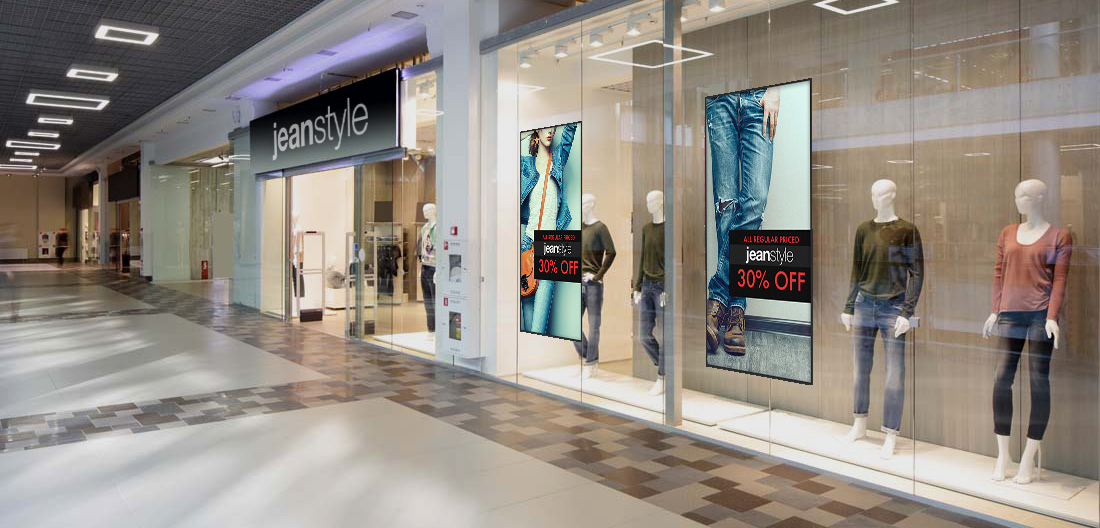
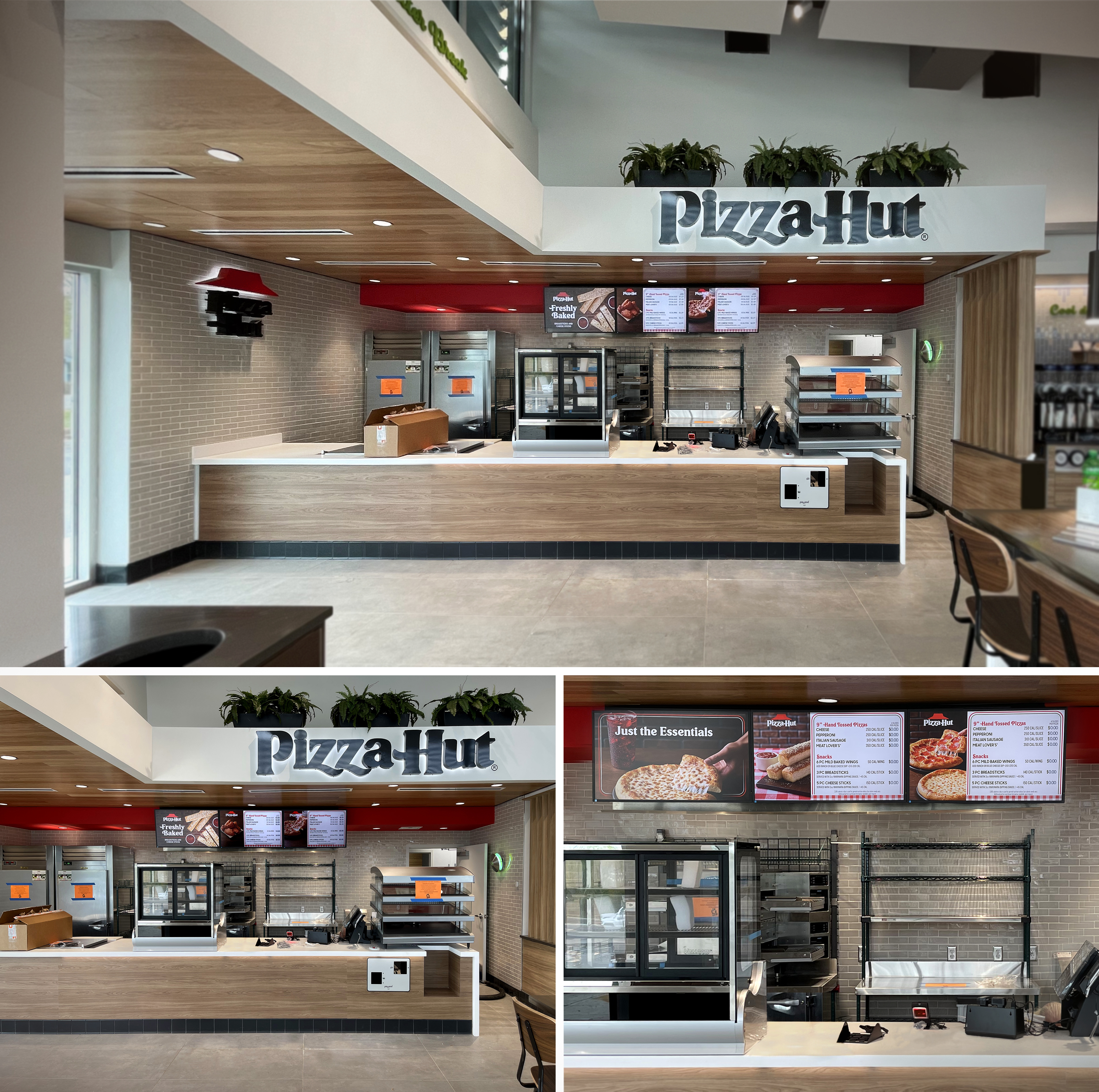
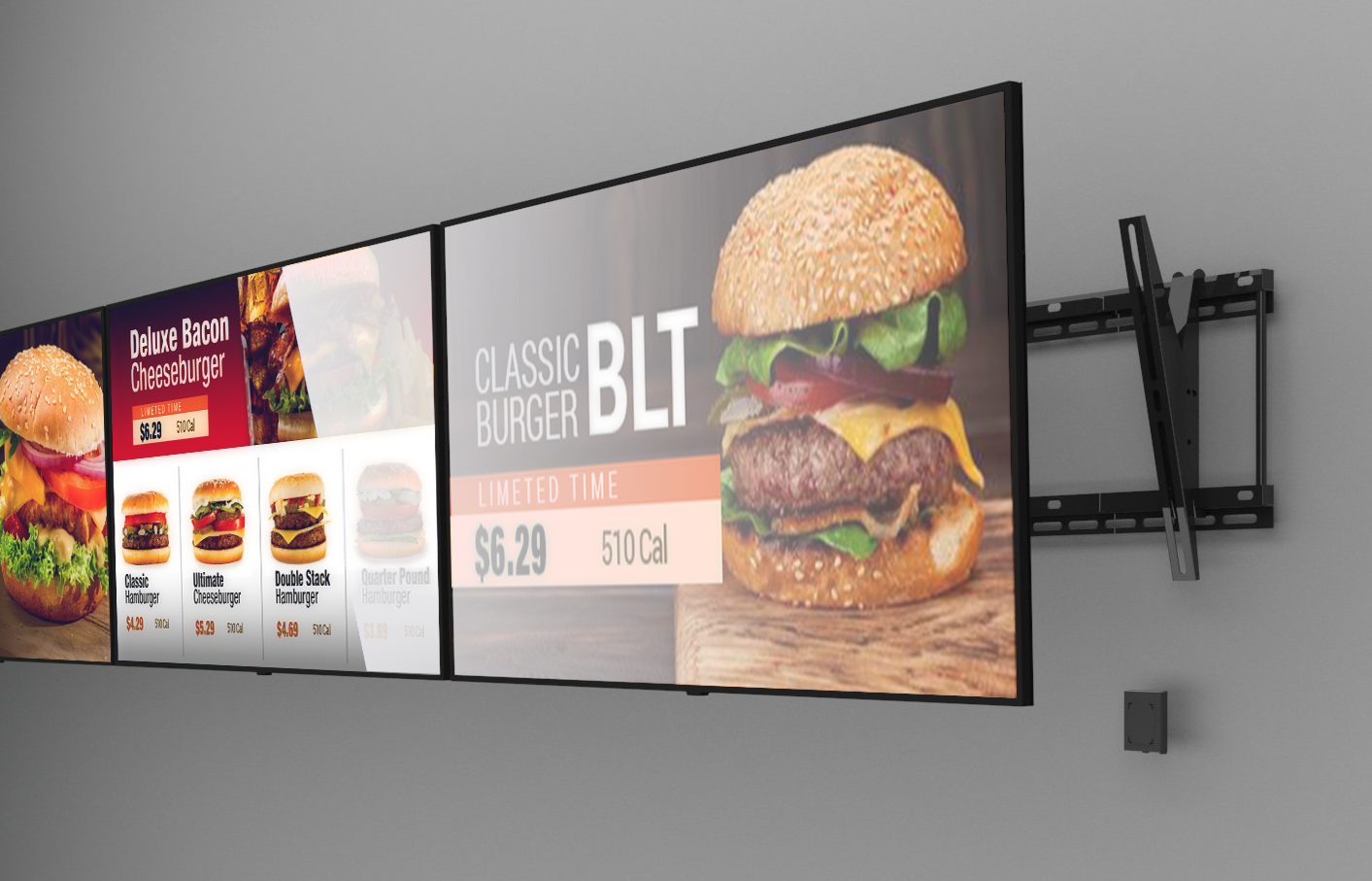
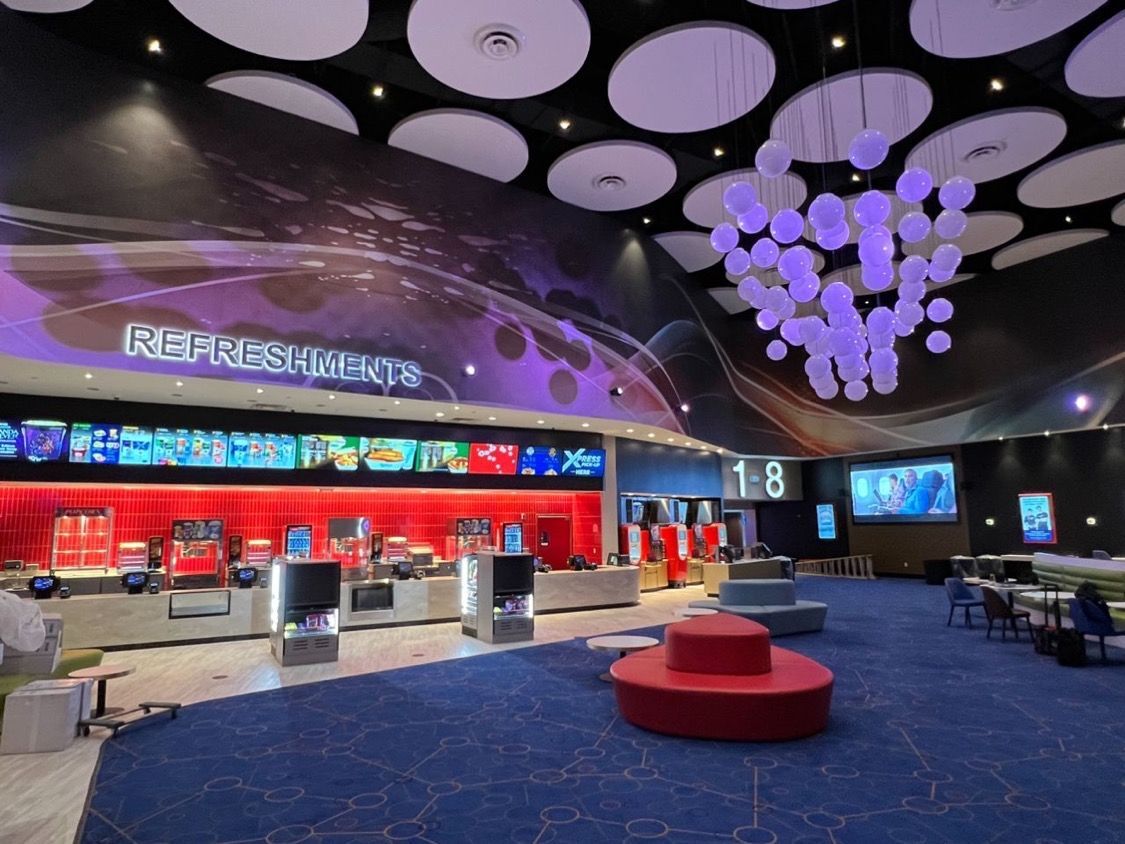
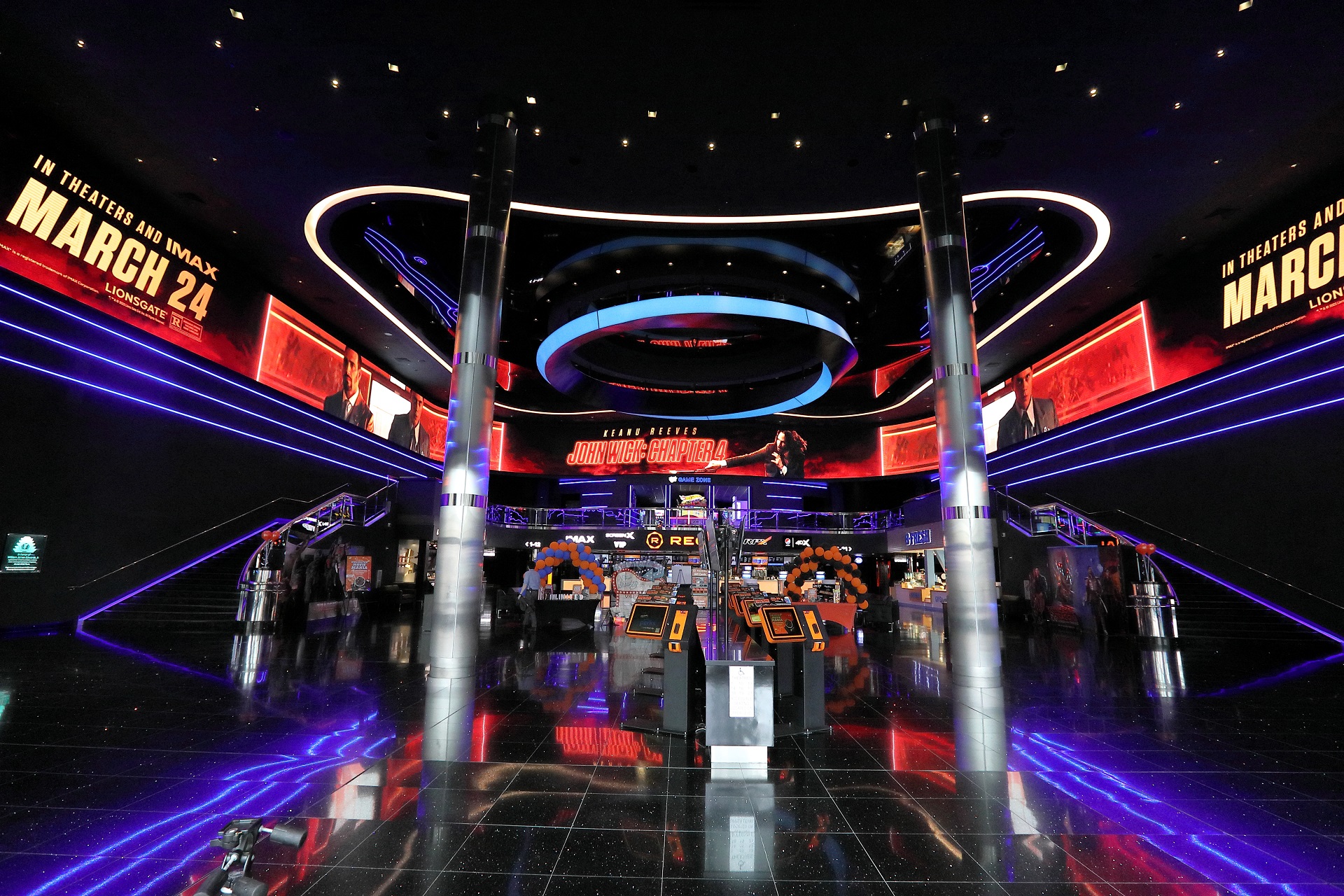
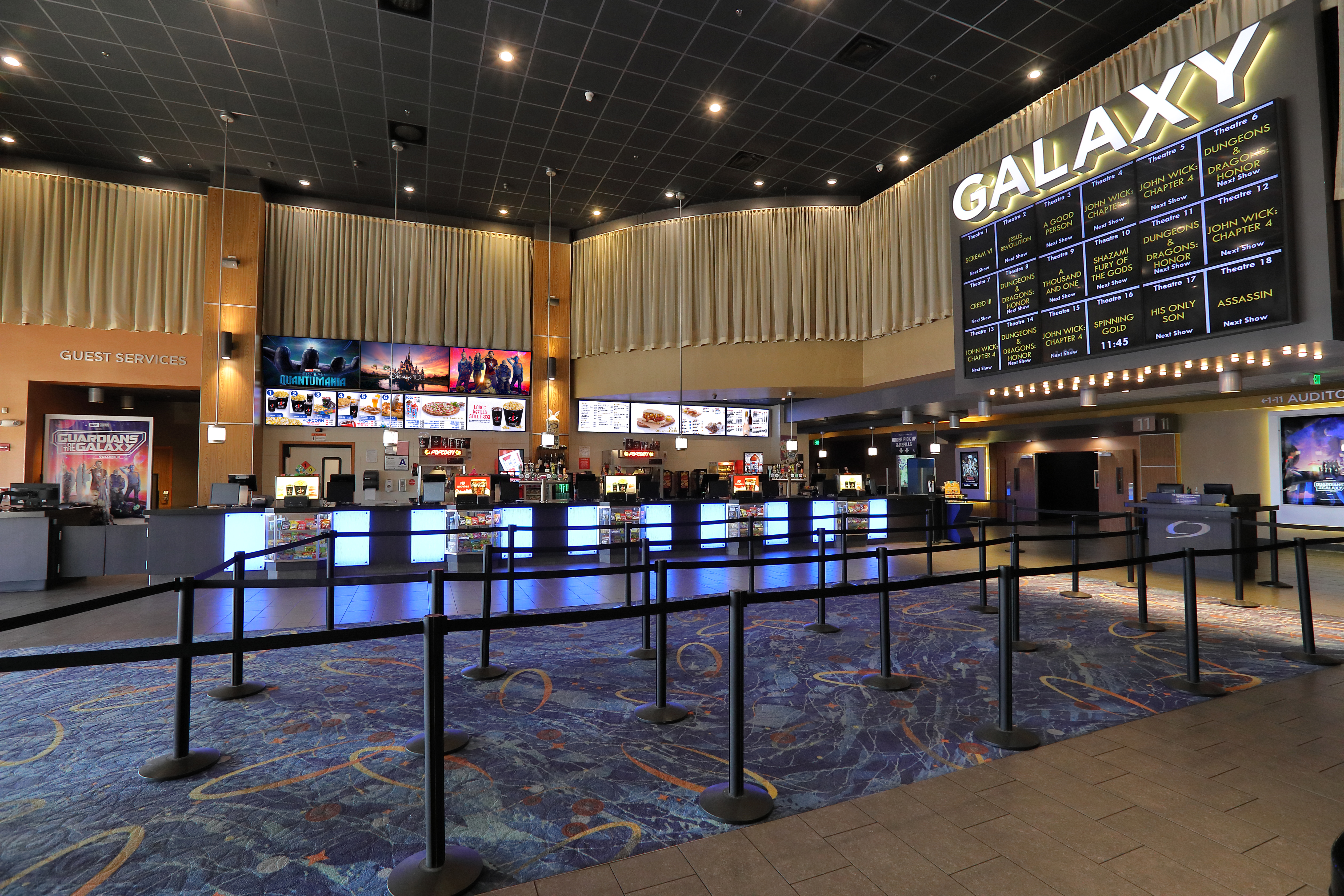
.jpg)
